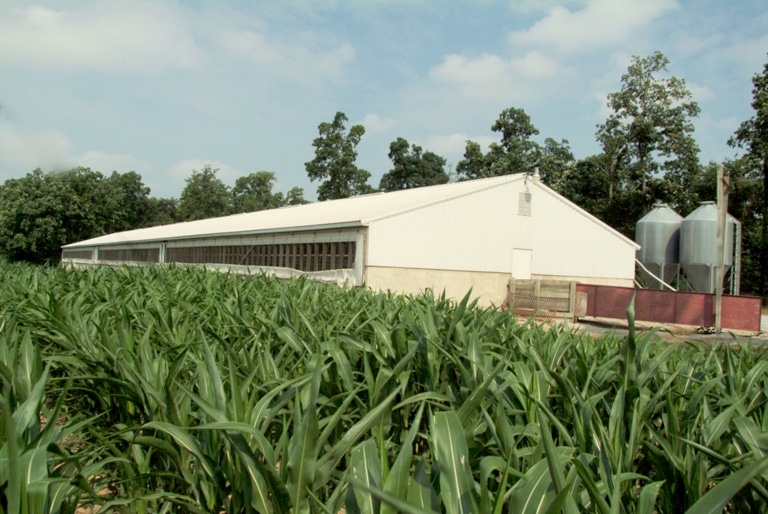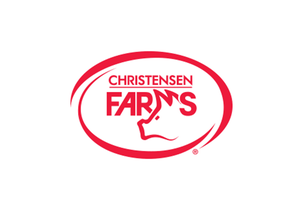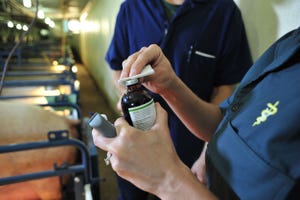All indications are that this year will prove to be another challenging year for the pork industry. Recent developments in the export markets, such as the decision by Russia, then China, to ban U.S. pork fed ractopamine will change the dynamics of the global export market.
March 25, 2013

All indications are that this year will prove to be another challenging year for the pork industry. Recent developments in the export markets, such as the decision by Russia, then China, to ban U.S. pork fed ractopamine will change the dynamics of the global export market. And, we may have averted additional adversity when Congress shifted $55 million in USDA funding to keep 4,800 meat inspectors on the job. While these are major challenges, it doesn’t take into account the greatest challenge the industry is up against – the decline of cash hog prices from $88/cwt., carcass, on Feb. 6 to $72.50/cwt. on March 21. All of these risks must be thoroughly assessed as we analyze near-term and long-term returns in the pork industry.
Pork Exports
Compared to a year ago, exports to China are off by 54% since January. This is the main result of the ban of U.S. pork fed ractopamine. The U.S. and China are in discussions about third party verification of ractopamine-free pork which could help in the long term. But the question remains: What will we do with 800 million pounds of pork if the Chinese and Russian bans persist?
Current market conditions
The cost of production has gone from $165/head range at the end of the third quarter last year to $185 to $190/head today. These costs are strictly driven by the aftermath of the drought causing higher corn and soybean meal prices. The typical producer’s average inventory cost has risen by $15/head. Whether the impact will affect a producer’s equity position will depend on their risk management plan. However, the percentage of owner’s equity is impacted even with a breakeven over that timeframe.
Like what you're reading? Subscribe to the National Hog Farmer Weekly Preview newsletter and get the latest news delivered right to your inbox every Monday!
Assuming a producer has 25,000 head of inventory and a 50% owner’s equity, the change in feed costs alone would reduce the owner’s equity to 43% if the owner broke even. Over the same time, if an operation lost $20/head, owner’s equity would have fallen to 34%, which is a significant deterioration of the balance sheet.
We have some reason to believe there was significant risk management in place heading into 2013. One of the metrics we look at in our portfolio is the availability of the revolving lines of credit our clients possess. In 2012, the average operating line was being used at approximately 25% level. This steadily increased during the fourth quarter of 2012, based mainly on tax planning through prepaid feed and deferrals. Currently, the level borrowed is higher than a year ago and stands at 32.4%. With the lower prices and higher cost structure over the past quarter, I would have anticipated this number to increase more rapidly. However, the percentage borrowed has fallen by 3.1% from a month ago.
There are two reasons why working capital has remained strong. First is the level of risk management we have seen with producers breaking even on their hedged hogs in the fourth quarter last year and beginning of the first quarter this year. Secondly, with the recent deterioration in the futures markets, operations with substantial coverage have pulled in the hedge gains and applied it to their operating loan balance. This can be deceiving if cash hog markets do not improve into the summer months, since the hedge gains have been realized.
In summary, the industry certainly has its challenges with volatility in the grain markets and cash hog prices. Producers have good working capital positions today, although it looks like this will erode as we head into the last half of 2013 for those with no risk management plans in place. Margin management will continue to separate producers. No one could have predicted the severity of the drought. However, producers need to dictate their own future in this industry by taking advantage of all the resources available and be willing to implement a plan.
Contact Steve Malakowski at: [email protected].
You might also like:
Feed Costs Continue to Plague Producers’ Chances for Profit
Amendment Helps Avoid Meat & Poultry Inspector Furloughs
New Pork Checkoff Videos Shine Spotlight on Real Pork Producers
You May Also Like


